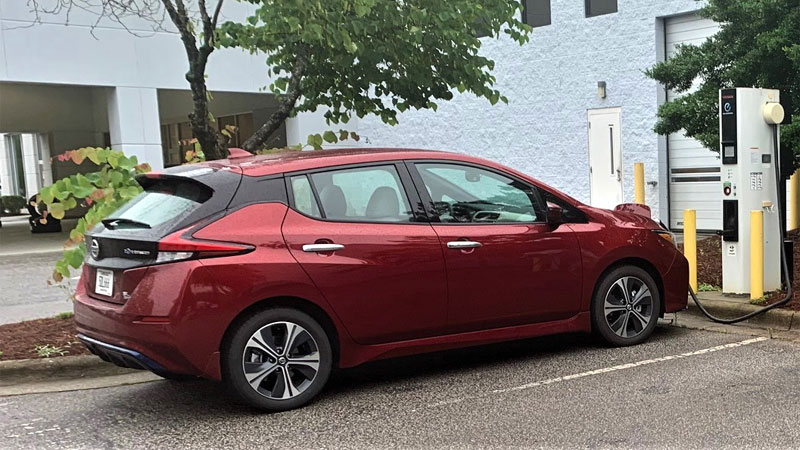Going the Distance: The Extended-Range 2020 Nissan Leaf
We’re fairly certain that a large number of American consumers are intrigued about electric vehicles, but most won’t buy one. The reasons for avoiding the technology usually has to do with several factors, including the initial cost, driving range, and charging options. When combined, these factors have a significant number … Read more

